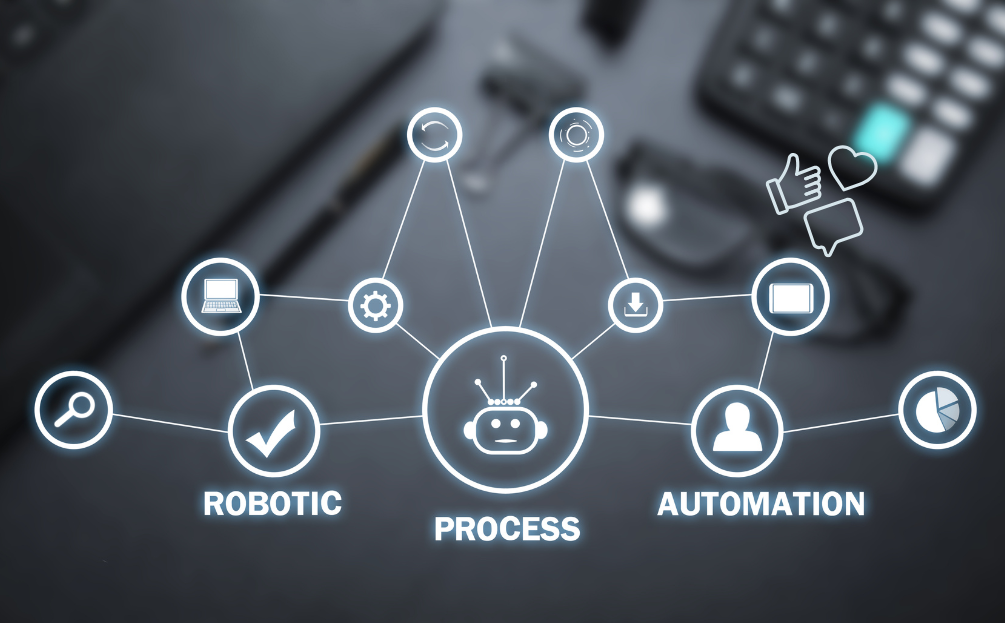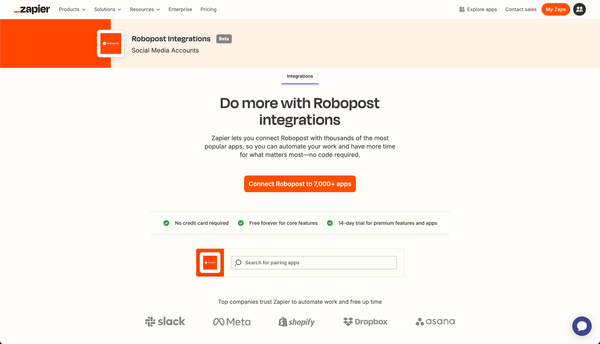From Planning to Posting: How Automation Simplifies Social Media
Streamline your social media with automation tips for scheduling, engagement, and maximizing impact. Simplify your strategy today!

Social media automation has completely changed how brands and content creators connect with their audience online. Using automation tools makes everything from planning to posting much easier, helping keep a consistent and strategic online presence. This article explains the basics of social media automation, including strategies for scheduling content, boosting engagement, simplifying interactions, and measuring the effects of automation on social media performance.
Key Points
- Social media automation tools help schedule posts at the best times for engagement without needing manual effort.
- Using a content calendar and data-driven strategies for when to post can boost engagement and keep a consistent brand presence.
- Finding the right mix of automation and human input is crucial for a successful strategy, ensuring efficiency without losing authenticity.
The Fundamentals of Social Media Automation
Defining Social Media Automation
Social media automation is a way to manage online interactions more efficiently using technology. It involves tasks like scheduling posts and analyzing engagement to make digital marketing easier. By automating routine tasks, content creators and marketers can spend more time on creating valuable content and strategies.
The main goal of automation is to boost the social media presence of people or businesses. It does this by allowing content to be prepared in advance and posted automatically on a set schedule. This keeps content flowing consistently and on time across different platforms.
To get the most out of automation, it’s important to choose the right tools. Key factors to consider are how easy the tool is to use and how well it works with other systems.
Choosing the Right Automation Tools
Choosing the right automation tools is important for simplifying your social media strategy. The right tool can improve your social media presence and save you time.
Here’s some questions to ask yourself to pick the best tools:
- Does the tool fit your social media strategy needs?
- Is it easy to use and understand? Do they have good customer support?
- Do they have plans that can grow with your needs?
- Compare features and check if they work with your platforms.
Make sure the tools you pick can easily connect with your current marketing platforms for a smooth workflow. User-friendly features are especially helpful if you're just starting out.
Strategies for Effective Content Scheduling
Scheduling Posts for Peak Engagement
To make full use of your social media content, it's important to schedule posts during peak times when your audience is most active. Automation tools can help make sure your posts reach people when they’re most likely to interact, leading to more visibility and engagement.
Recent research shows there’s no one-size-fits-all "best" time to post—it varies by platform and audience. For example, Tweets get more engagement on Mondays, while Fridays are best for YouTube. Data-driven tools can help you find these peak times and schedule your content effectively.
Here’s a simple guide for automating your posts at the best times:
- Look at your past performance to figure out when your audience is most active.
- Use tools like Robopost to schedule posts ahead of time.
- If you have a global audience, adjust for different time zones.
- Regularly check your engagement and tweak your schedule if needed.
Balancing Automation with Real-Time Interaction
While automation helps make managing social media easier, it's important to mix it with live interactions to keep a real connection with your audience. Automation tools can keep your account active, but they can't replace the authenticity of live engagement.
Here are some tips for finding the right balance:
- Automate routine posts and responses, but make time for live interactions.
- Check automated replies to make sure they’re relevant and match your brand’s tone.
- Plan live events like Q&A sessions, polls, or casual chats in your content schedule.
The goal is to use automation alongside personal interactions, so you can build stronger connections and a loyal community.
Measuring the Impact of Automation on Social Media
Tracking Performance Analytics
Keeping track of performance analytics is essential for understanding and improving your online presence. Automation tools play a key role in this process by making it easier to gather and analyze data. These tools save time and offer more thorough and consistent analysis than manual methods.
To effectively use analytics, follow these steps:
- Identify the key performance indicators (KPIs) that matter for your business.
- Use analytics tools to regularly measure these KPIs.
- Analyze the data to discover trends and insights.
- Adjust your strategy based on what the data reveals.
For instance, you could use a simple table to show how different types of content affect engagement rates and the best times to post.
Content Type | Engagement Rate | Optimal Posting Time |
|---|---|---|
How-to Video | 7.5% | Tuesday 10 AM |
Quick Tips | 3.2% | Friday 4 PM |
Keep in mind that these metrics are just the beginning. A good analytics tool will help you explore more, giving you insights into how your audience behaves and how well your content is performing. For reporting, choose a tool that makes it easy to schedule and send reports or download branded PDFs directly to your device.
Interpreting Data to Refine Strategies
After you've tracked your social media performance data, the next step is to understand what the data means so you can improve your strategies. This means looking beyond just the numbers and seeing what they reveal about how users are engaging with your content.
- Identify important metrics (KPIs) that matter to your business.
- Use analytics tools to measure these metrics regularly.
- Analyze the data to spot trends and insights.
- Change your strategy based on what the data shows you.
Keep in mind that interpreting data isn't something you do just once; it’s an ongoing process. As social media changes, your approach to analyzing data should change too. Using AI for data-driven social media strategies can turn complicated data into practical insights, helping you stay ahead of the competition.
The Balance Between Automation and Human Insight
While automation makes it easier to manage social media at scale, human insight is what adds a personal touch that can’t be replaced. Automation is great for repetitive tasks, scheduling posts, and analyzing data for insights. However, it's human expertise that interprets this data and understands the subtleties of customer interactions, which truly boosts engagement.
Combining both approaches leads to a strategy that is not only efficient but also connects with the audience on a personal level. It’s all about finding the right balance to make the most of both automation and human involvement.
Conclusion
Automation has changed how we manage social media, making it faster and more efficient. However, it's important to be aware that automation should support, not replace, the personal touch in social media interactions. As we continue to use automation, we must keep in mind that the main goal of social media is to build genuine connections and have real conversations. By combining smart automation with authentic engagement, we can ensure that our social media efforts truly connect with our audience and achieve meaningful results.
